When it comes to growing a YouTube channel, most creators focus heavily on videos—planning them, filming them, and promoting them. But there’s another powerful tool sitting right in front of you that’s often underutilized: YouTube playlists.
A well-optimized playlist can increase your watch time, improve your search rankings, keep viewers on your channel longer, and even serve as a strategic content funnel. In this blog, you’ll learn how to master playlists for both SEO impact and viewer retention.
Optimizing YouTube Playlists for SEO
How to Create and Organize Playlists to Enhance Your Channel’s SEO and Viewer Retention
Why Playlists Matter More Than You Think
Most people think of playlists as just a way to group videos, but when used strategically, playlists offer significant benefits:
- They allow you to control the viewing experience
- Help organize your content for both users and search engines
- Increase your channel’s session time
- Create more entry points to your content
If your goal is to grow, retain, and convert your YouTube audience, playlists should be a key part of your strategy.
How YouTube Playlists Impact SEO
Let’s break down how playlists contribute directly to SEO and your discoverability on the platform:
1. Increased Watch Time
YouTube’s algorithm prioritizes videos and channels that keep users on the platform longer. When a viewer starts watching a playlist, the videos play in sequence. This increases your average session duration, which sends strong positive signals to YouTube that your content is valuable.
2. Better Video Interlinking
Each video within a playlist is associated with the others. This creates more internal links within your channel, much like a website’s navigation structure. It helps establish topic authority, making your channel more relevant for certain keywords or content categories.
3. Indexed Metadata
Playlists have their own titles, descriptions, and tags. This metadata is searchable by YouTube and Google. Optimized playlists can show up in search results just like individual videos.
4. Improved User Experience
A playlist that walks viewers through a topic (e.g., “How to Start a YouTube Channel”) provides a guided experience. It positions you as a helpful, structured creator something YouTube loves to promote.
Crafting a Playlist Strategy That Works
A strong playlist strategy starts with understanding your audience and content structure. Here’s how to create playlists that work for you and your viewers.
Define the Goal of Each Playlist
Ask yourself: What should someone walk away with after watching this playlist? Your answer could be:
- Understanding a topic (e.g., YouTube SEO Basics)
- Completing a project (e.g., Build a Website in 7 Steps)
- Going through a product journey (e.g., Learning a Camera from Beginner to Advanced)
Organize Around Topics or Viewer Intent
Rather than grouping videos randomly, build playlists around:
- Search intent (e.g., “How to Grow on YouTube in 2025”)
- Skill level (e.g., Beginner, Intermediate, Advanced)
- Themes or series (e.g., “Creator Interviews” or “Tutorial Tuesdays”)
Keep Playlists Focused and Valuable
A playlist with 30 loosely related videos can overwhelm viewers. Instead:
- Keep it between 4–10 videos
- Remove outdated or underperforming content
- Prioritize videos with high audience retention
How to Optimize a Playlist for SEO
Now that you know why playlists matter, here’s how to optimize them to get discovered.
Use Keyword-Rich Titles
Your playlist title should include relevant keywords, just like a video title. Example:
- Instead of: “My Favorite Tutorials”
- Use: “YouTube SEO Tips for Beginners”
Write an Optimized Description
Your playlist description should:
- Explain what the playlist is about
- Use keywords naturally
- Include a call to action or additional value
Example:
This playlist covers everything you need to know about YouTube SEO. From optimizing your metadata to improving watch time. Perfect for new creators looking to grow their channel fast.
Add the Best Video First
The first video in the playlist often auto-plays when people land on it. Make it count:
- Choose a high-retention, high-quality video
- Ensure it sets the tone for the rest of the playlist
Use Custom Playlist Thumbnails
YouTube pulls the thumbnail from the first video by default, but you can rearrange the order to feature your best thumbnail.
Include Playlists in Your Channel Layout
Organize your homepage around strategic playlists. This guides first-time visitors and gives your channel a professional look.
Promote Playlists in Descriptions and End Screens
Drop links to relevant playlists in:
- Video descriptions
- Pinned comments
- End screens
- Cards
The goal is to keep viewers on your channel.
Using Analytics to Improve Your Playlists
Track how playlists are performing using YouTube Analytics.
What to Measure:
- Playlist views
- Average time in playlist
- Traffic sources
- Drop-off points
Actionable Tips:
- If most viewers are dropping off after one video, consider rearranging the order or improving the intro.
- Notice a playlist driving a lot of traffic from search? Consider creating more content in that topic cluster.
Common Mistakes to Avoid
Even seasoned creators can misuse playlists. Watch out for these pitfalls:
- Using vague titles: “My Stuff” or “2023 Content” won’t help your SEO.
- Adding every video to one playlist: This dilutes their value and confuses viewers.
- Forgetting about them: Outdated playlists with irrelevant content can hurt your brand.
Advanced Playlist Tactics
Want to take your strategy to the next level? Try these:
Create Themed Series
Turn playlists into mini-courses. Promote them like standalone products or email courses. Add intros or outros that frame the playlist as a series.
Collaborative Playlists
If you’re working with other creators, build shared playlists that combine both channels’ content. This can cross-pollinate audiences.
Use Playlists for Funnels
Start with awareness-level videos and move viewers toward action (e.g., buying a product, signing up, subscribing).
Example Playlist Funnel:
- Why You Need a YouTube Channel in 2025
- Beginner Gear Guide
- How to Plan Your First Video
- Easy Editing Tools
- Monetization Tips for New Creators
Seasonal or Event-Based Playlists
Bundle content for holidays, trends, or events. These playlists can be promoted at specific times of year.
Examples of High-Impact Playlists
- Think Media: Breaks content into “Cameras for Beginners,” “YouTube Tips,” and “Live Streaming Tools.”
- Graham Stephan: Creates playlist series like “Millionaire Habits” and “Finance 101.”
- Ali Abdaal: Offers curated learning paths like “How to Study Effectively.”
Study how top creators organize their playlists and model what works for your niche.
Final Thoughts: Why Playlists Deserve More Attention
Playlists are one of YouTube’s most underrated growth tools. They don’t just organize your content they shape your viewers’ journey, enhance your SEO, and increase your total channel watch time.
With just a little planning and ongoing optimization, your playlists can become your channel’s secret weapon.
Your Next Steps:
- Audit your existing playlists; do they align with your current content and goals?
- Rename playlists with keywords and clarity
- Create new playlists for your top-performing topics
- Promote them via descriptions, end screens, and social posts
- Track your playlist analytics and refine them over time
Your channel doesn’t grow by accident, it grows by strategy. And playlists are a key part of that strategy. Start optimizing today!

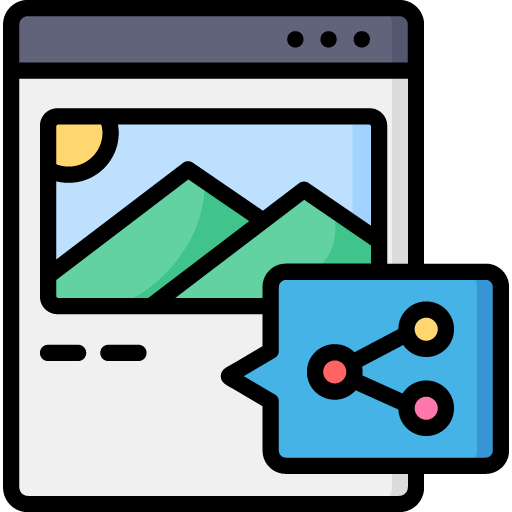
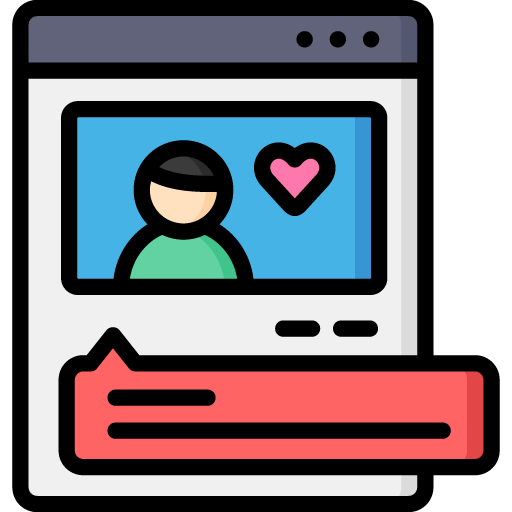
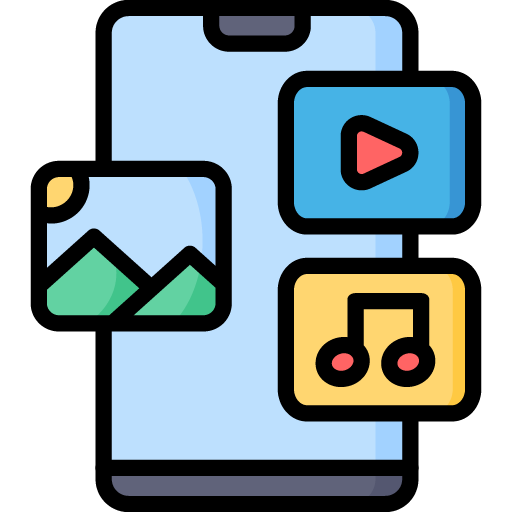
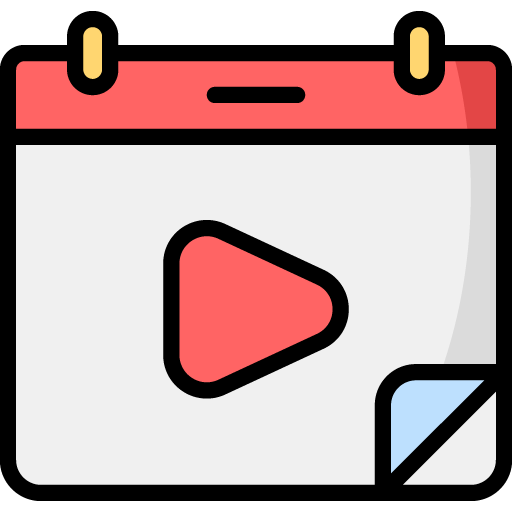
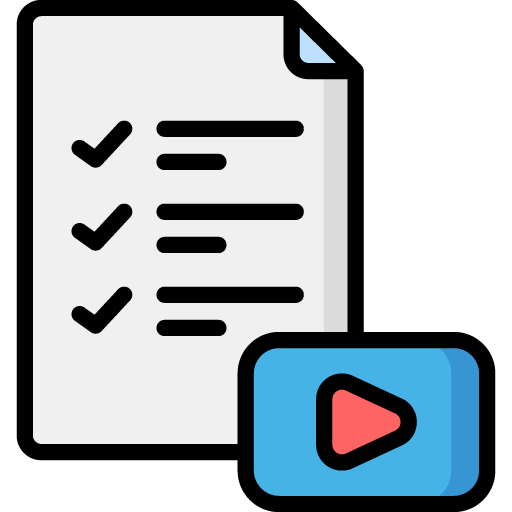
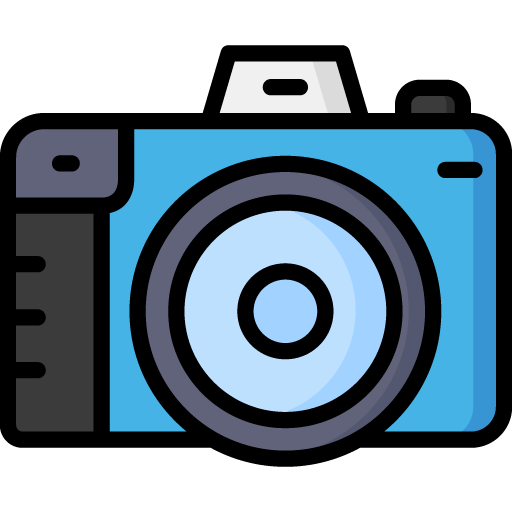
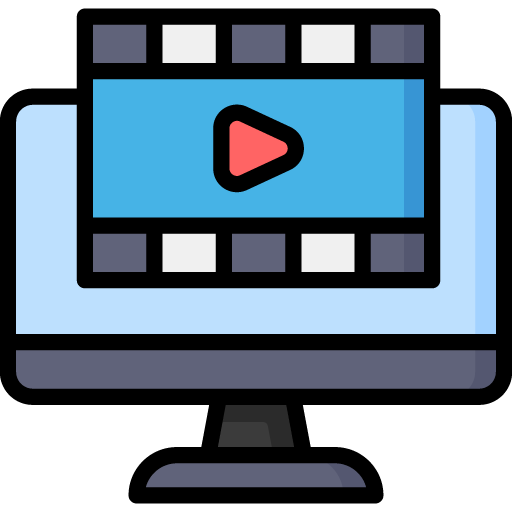 Edit Your Footage
Edit Your Footage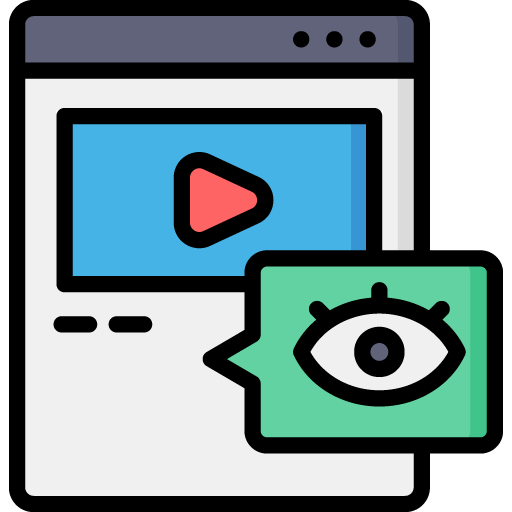
Leave a Reply